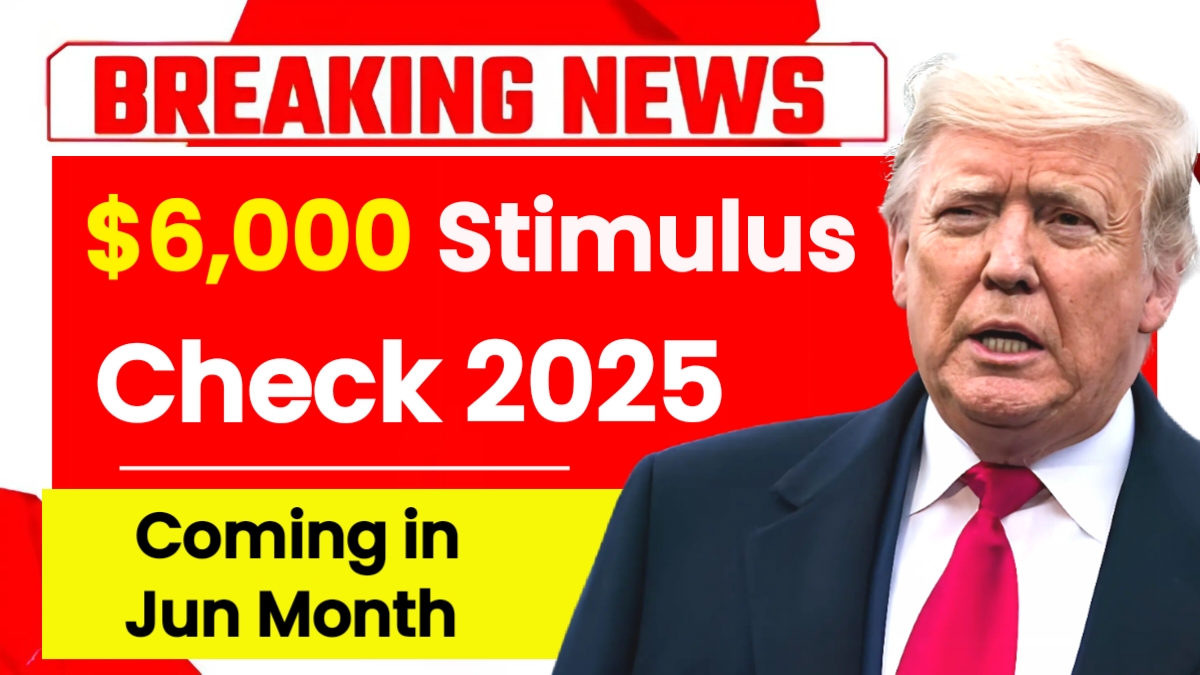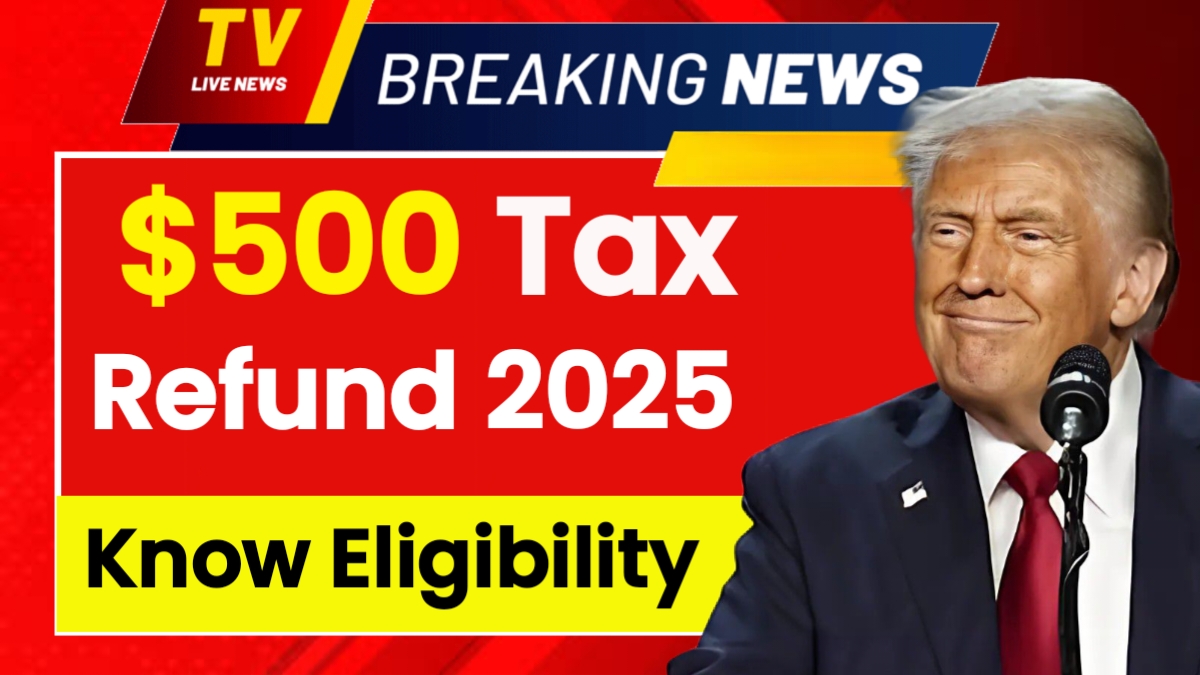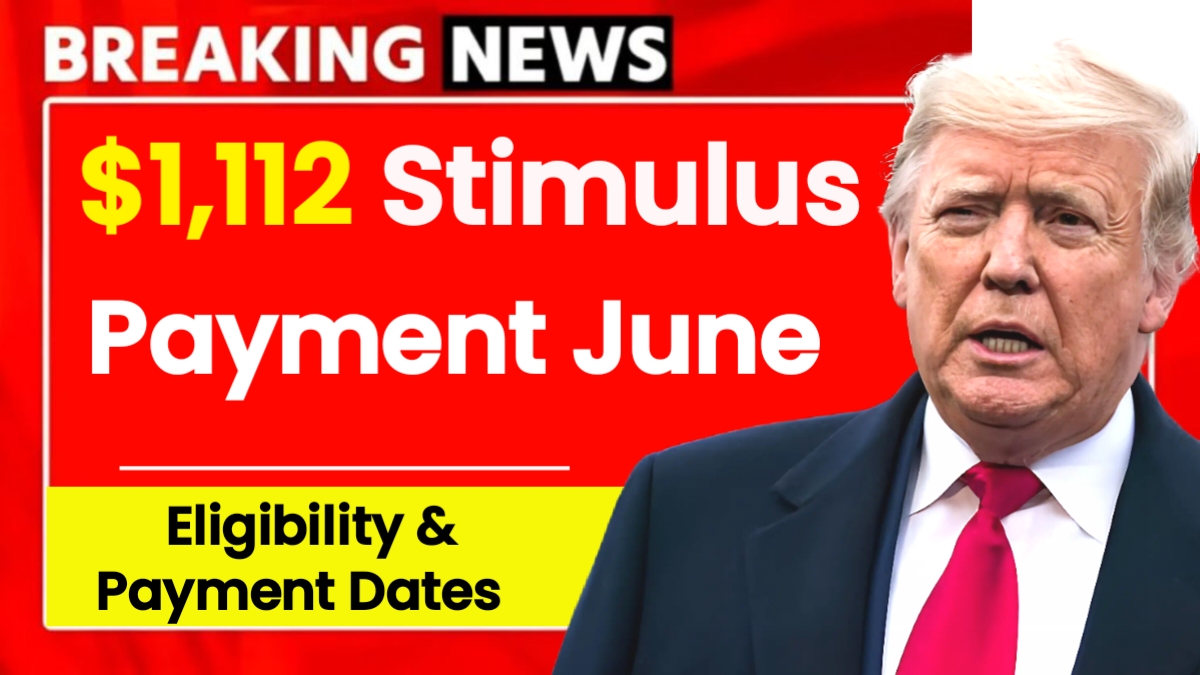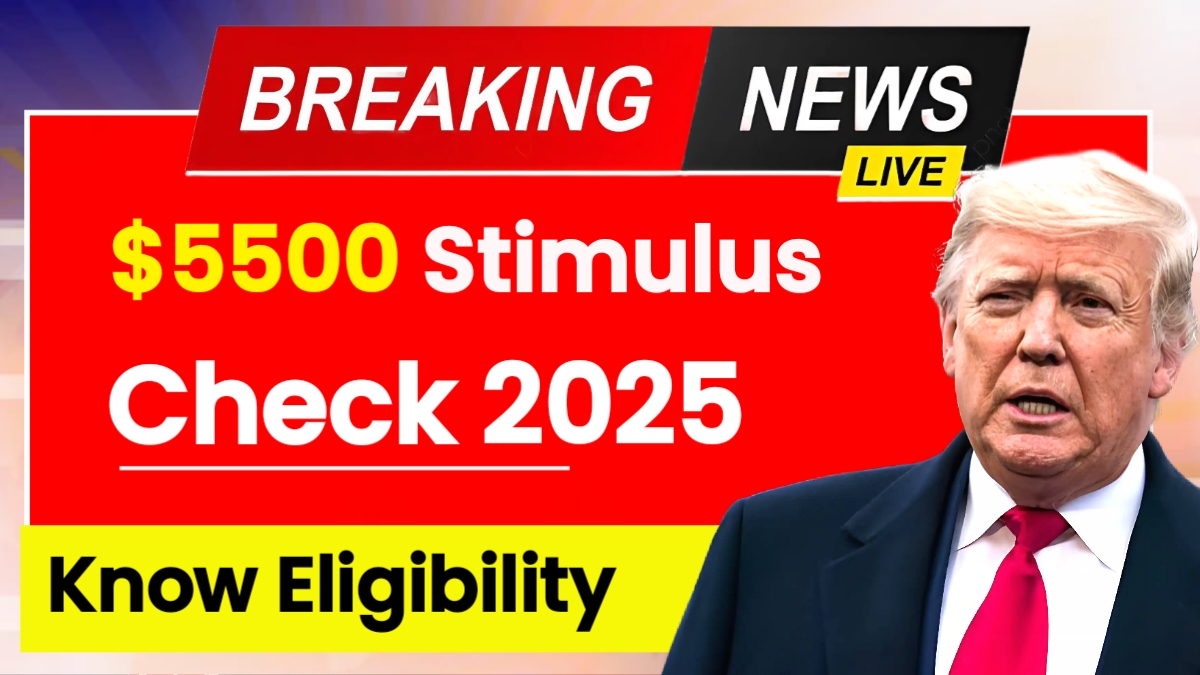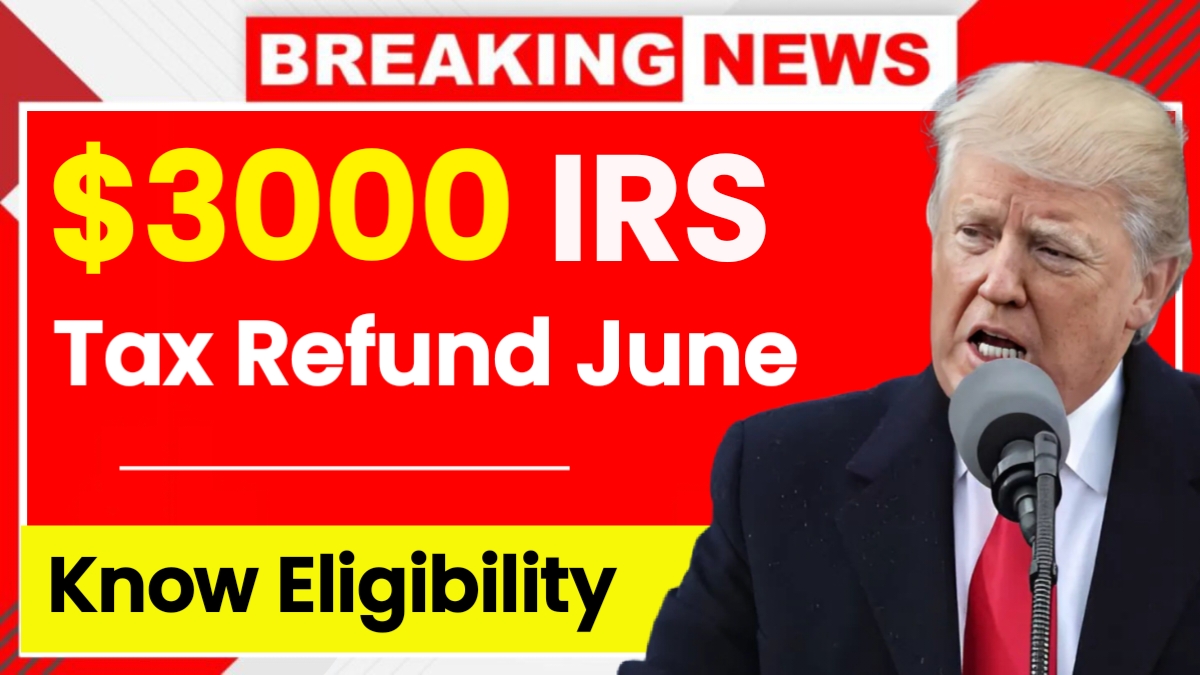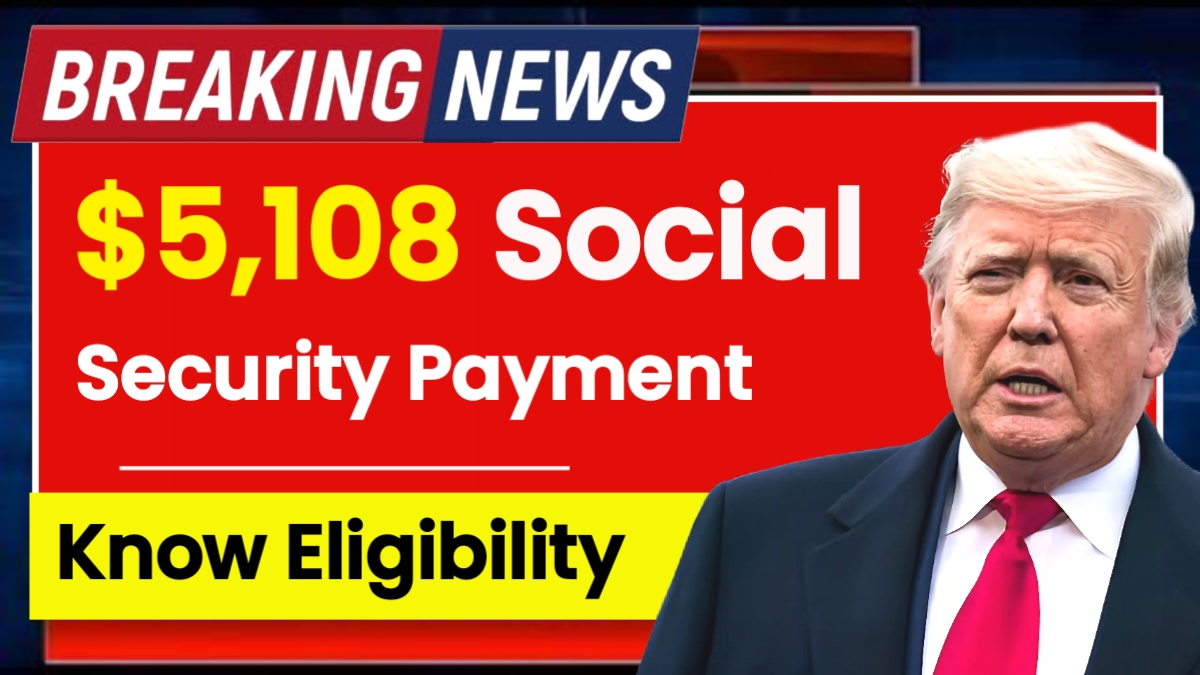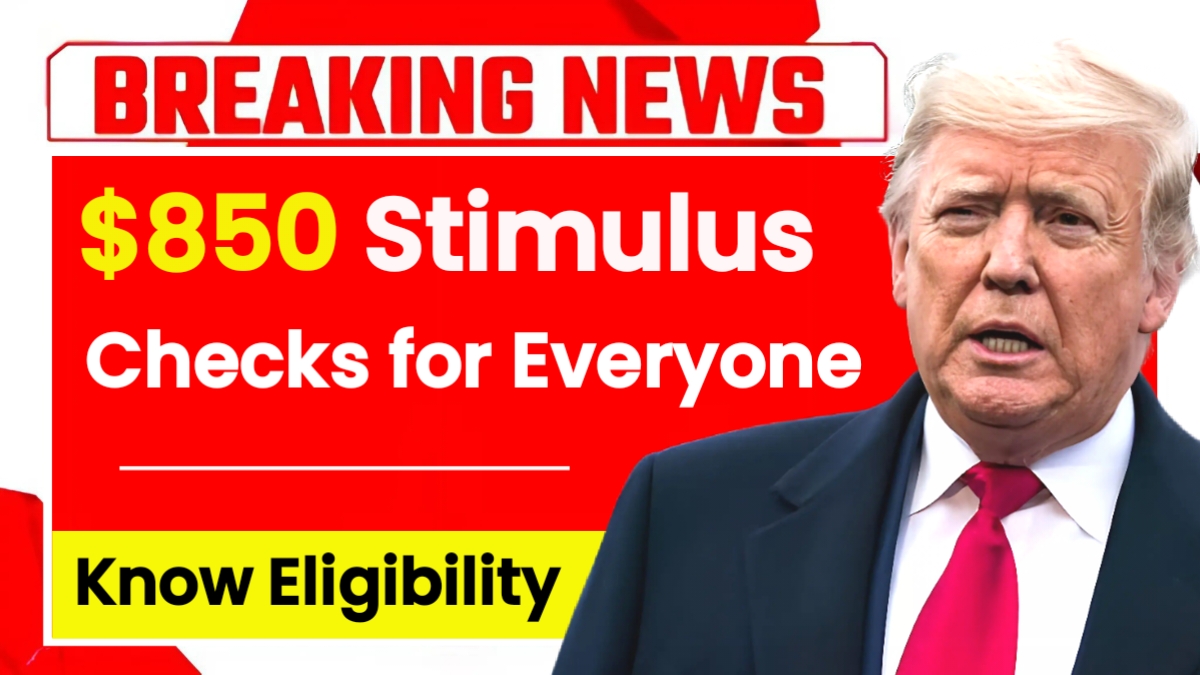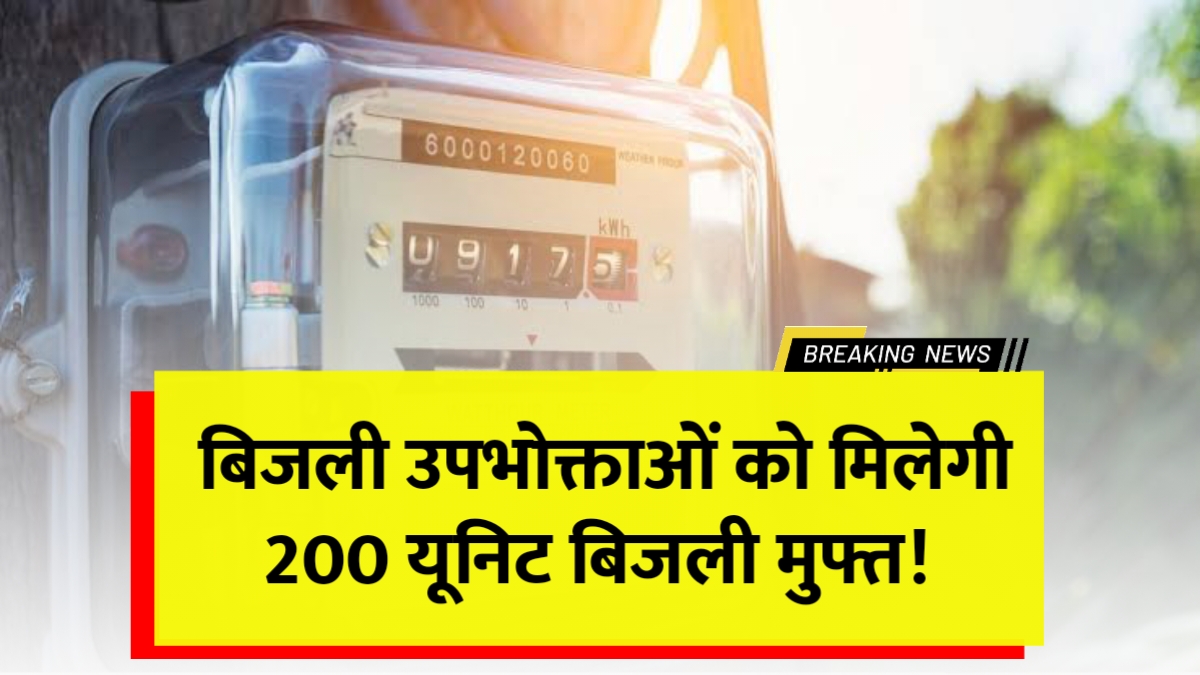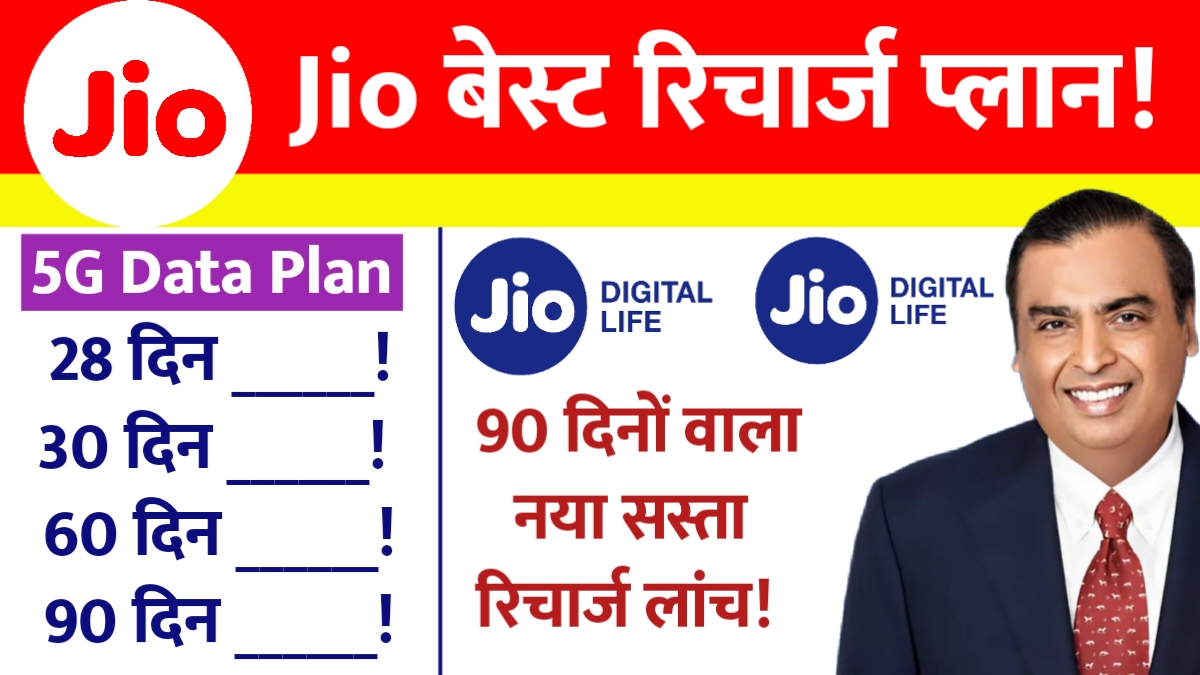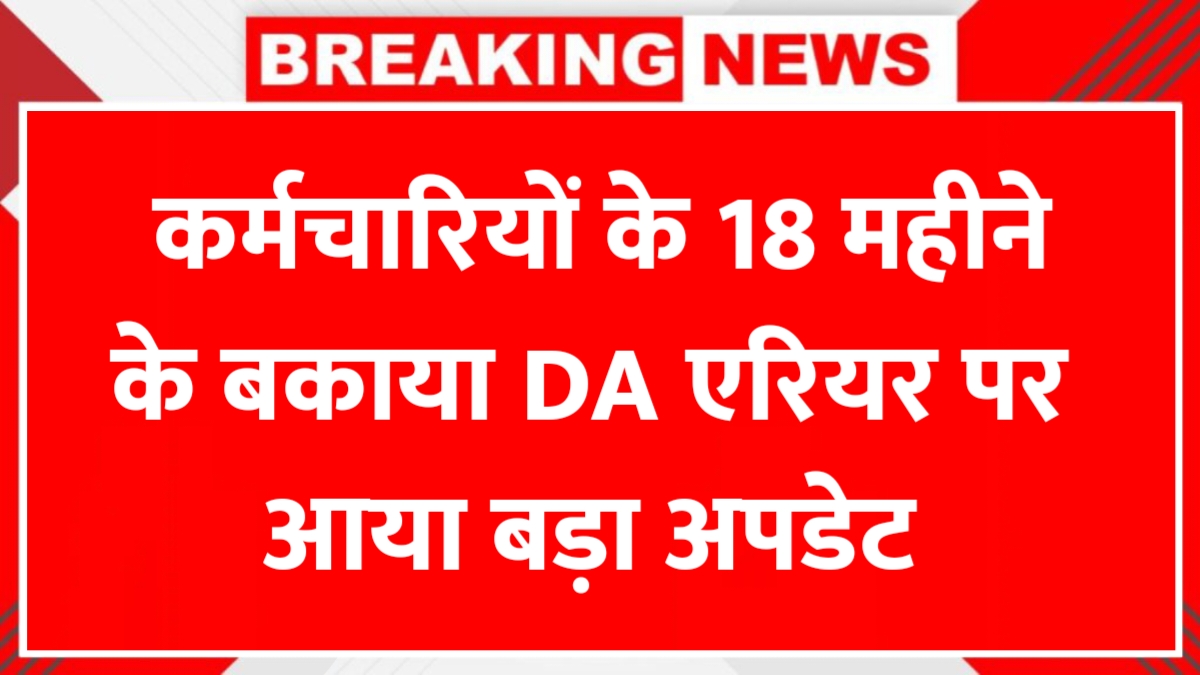$6,000 Stimulus Checks 2025: The United States has introduced a revolutionary approach to stimulus assistance in 2025, moving away from traditional one-time payments to provide sustained monthly support for struggling families. This innovative program offers a total of $6,000 in assistance distributed as $500 monthly payments over a full twelve-month period. The shift represents a significant change in how government assistance is delivered, recognizing that families need consistent, predictable support rather than large lump-sum payments that can be quickly exhausted. This monthly distribution model acknowledges that the economic challenges many Americans face are ongoing rather than temporary, requiring a more sustained response to help families manage recurring expenses like rent, utilities, groceries, and other essential needs that must be paid regularly throughout the year.
Understanding the Program’s Design and Goals
The monthly stimulus program is specifically designed to provide stability and predictability for low-income families who continue to struggle with the lasting economic effects of recent disruptions. By spreading the $6,000 total across twelve months, the program helps families budget more effectively and ensures that assistance is available when monthly bills come due. This approach differs dramatically from previous stimulus efforts that provided large payments all at once, which some families found difficult to manage over extended periods. The monthly payment structure helps recipients avoid the cycle of having money available immediately after receiving a stimulus payment but then struggling again weeks later when that money is spent. Program administrators believe this steady income stream will be more effective in helping families maintain housing, keep utilities connected, and ensure consistent access to food and other necessities.
State-by-State Implementation and Participation
The $6,000 monthly stimulus program operates on a state-by-state basis rather than as a single federal initiative, which means that availability and specific requirements vary depending on where you live. States like California, New York, and Michigan have fully implemented their versions of the program with their own unique eligibility criteria and distribution systems. California’s program, managed by the Franchise Tax Board, began distributing monthly $500 payments in July 2024 and is scheduled to continue through July 2025. New York and Michigan have launched similar programs with their own timelines and specific requirements that reflect the particular needs and circumstances of residents in those states. This state-level approach allows programs to be tailored to local economic conditions and administrative capabilities while providing flexibility in how assistance is delivered to residents.
Qualifying for Monthly Stimulus Payments
Eligibility for the $6,000 monthly stimulus program requires meeting several specific criteria that vary by state but generally focus on income levels and residency requirements. Most participating states require applicants to be residents of that specific state and to have household incomes below certain thresholds that prioritize assistance for lower-income families who need help most. Applicants typically must provide government-issued identification and proof of residence to verify their eligibility. Most states also require that applicants have filed state tax returns for recent years, usually 2020 or 2021, which helps verify income levels and residency status. Some states may also require participation in or eligibility for certain social support programs such as Supplemental Security Income or Social Security Disability Insurance. The application process varies by state, with some automatically enrolling eligible residents based on existing tax information while others require separate application forms to be completed.
Payment Distribution and Scheduling
The actual distribution of monthly $500 payments follows different schedules depending on which state administers the program, but most follow a similar pattern of regular monthly disbursements. California recipients receive their payments through either direct deposit to bank accounts on file or through paper checks mailed to their registered addresses. The state has maintained a consistent monthly schedule since the program began in July 2024. New York and Michigan operate similar distribution systems but may have different specific dates and processing procedures. Recipients are strongly encouraged to keep their personal information current with state agencies, including current addresses and banking information, to ensure payments are not delayed or misdirected. Regular communication from state agencies helps recipients know when to expect payments and plan their monthly budgets accordingly.
Staying Safe and Informed About Your Benefits
Recipients of monthly stimulus payments should remain vigilant about protecting their personal information and staying informed through official channels. Legitimate government agencies will never ask for personal details such as passwords, PINs, or complete account information over the phone or through unsolicited emails. All official communication about the program comes through established state channels, and recipients should verify any questionable contacts by calling official state phone numbers directly. It is important to monitor received payments carefully and report any discrepancies or missing payments to state agencies immediately. Keeping detailed records of all payments received helps ensure that any problems can be quickly identified and resolved.
Program Benefits and Future Outlook
This monthly stimulus approach represents a significant advancement in how government assistance can be structured to provide maximum benefit to struggling families. The predictable monthly payments help recipients plan their finances more effectively and provide the security of knowing that assistance will continue throughout the year rather than ending after a single payment. As more states consider implementing similar programs, this model may become a template for future economic assistance efforts that prioritize sustained support over one-time relief payments.
Disclaimer: This article provides general information about state-level monthly stimulus programs and should not be considered as official guidance. Program availability, eligibility requirements, payment amounts, and schedules vary significantly by state and may change based on state budget decisions and legislative actions. Readers should verify current program information through their state’s official agencies and websites. Not all states participate in monthly stimulus programs, and individual circumstances may affect eligibility. This article is for informational purposes only and does not constitute financial advice.
